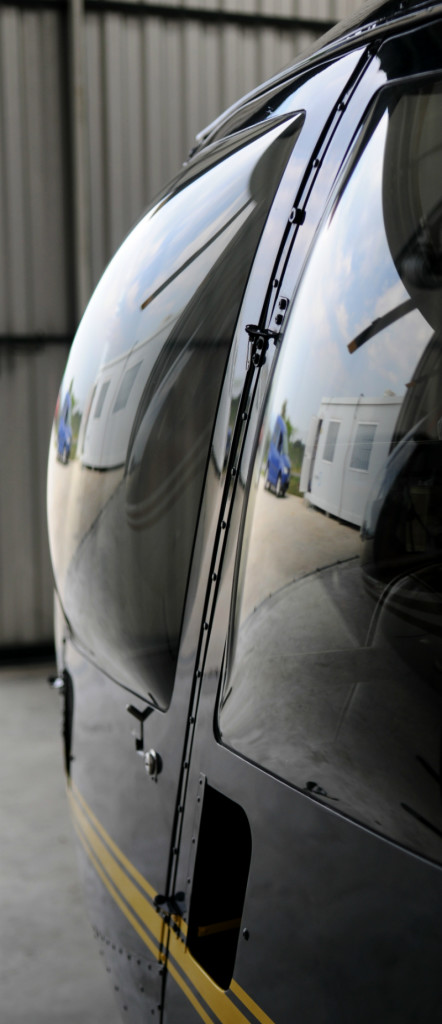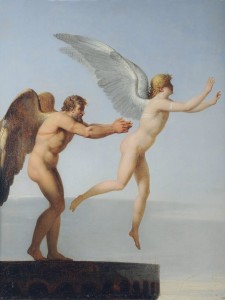Icarus, the story
 Our company began in the summer of 2006, when aeronautical mechanics professionals and Robinson operators created the helicopter workshop. ICARUS with the purpose of reducing maintenance costs for air operators. For the private owner pilot, it was the solution to the complete care of his aircraft.
Our company began in the summer of 2006, when aeronautical mechanics professionals and Robinson operators created the helicopter workshop. ICARUS with the purpose of reducing maintenance costs for air operators. For the private owner pilot, it was the solution to the complete care of his aircraft.
In early 2007, the company obtained its certification as an EASA Part 145 Company. (Certificate) and shortly afterward he received, from the Factory Robinson, the authorization of R-22 and R-44 Service Center.(Robinson Official Service Certificate)
In 2008, he achieved a new step in his career when he was duly recognized by the Factory Robinson as R-22 and R-44 Component Overhaul Facility. (Certificate)
At the end of 2009 it became LYCOMING Authorized Service Center. (Certificate)
In early 2010, it increased its certification capacity, incorporating the Airbus Helicopter H120B.
In August 2015, it added the helicopter to its list of capabilities Guimbal Cabri G2.
ICARUS It has personnel with more than 30 years of experience in the world of helicopters among the models that have been worked on – Bell 206/L Series, Bell 205, Bell 212, BO105, Eurocopter AS350/355, EC-120, AS316 /319 Alouette III, AS 315 Lama, Airbus helicopter H120B, Robinson R-22/R-44 (considered in these last two helicopter models more than 28 years of experience) and Guimbal Cabri G2.
All ICARUS authorizations aim to offer the best maintenance service and build customer loyalty.
The origin of the name
In Greek mythology, Icarus (Icarus) is the son of the architect Labyrinth, builder of the Cretan labyrinth, and of a slave named Naucrate. Icarus was imprisoned with his father on the island by King Minos, to prevent him from escaping and revealing the secret of the labyrinth.
 Daedalus and his son Icarus could not escape the island by sea as the king kept a close watch on all sailing ships, and did not allow any to sail without being carefully searched. Since King Minos controlled the land and the sea, Daedalus began making wings for himself and others for his son.
Daedalus and his son Icarus could not escape the island by sea as the king kept a close watch on all sailing ships, and did not allow any to sail without being carefully searched. Since King Minos controlled the land and the sea, Daedalus began making wings for himself and others for his son.
When he finally finished his work, Daedalus flapped his wings and found himself suspended in the air. He taught his son to fly like this and when they were both ready, Daedalus warned his son not to fly too high, because the Sun could melt the wax on the wings, nor too low because the sea foam would wet the feathers of the wings and he would not be able to fly. fly.
The boy, captivated by the beauty of flight and forgetting his father's warnings, ascended too high. The burning Sun softened the wax on his wings, thus losing his feathers, precipitating him into the void.
In Villa Radieuse, another architect, Charles-Édouard Jeanneret-Gris, better known as Le Carbousier, he claimed: "The daily adventure of nature in its life cycle obeys a fundamental law of our earth, the law of the Sun, which is the great dictator." The star that provides life does not forgive man's challenge.
But the image of Icarus continued to live on, inspiring inventors. In the Renaissance, Leonardo da Vinci (1452-1519) created the principle of the airplane and the helicopter. Much later, in the 19th century, the discovery of the airplane began to take shape.
Every concave angle has a corresponding convex angle. The shapes can cut out the space according to their movements.
The myth of Icarus addresses themes such as man's desire to always go further, even at the risk of having to come face to face with his condition as a simple human being.